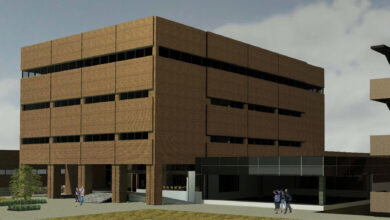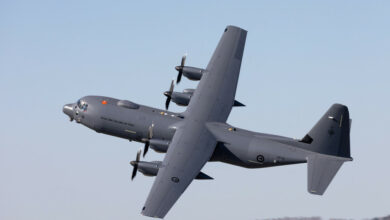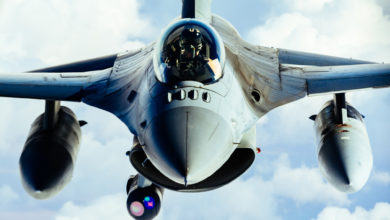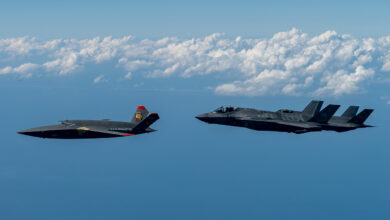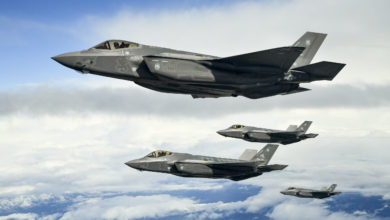Raytheon and the Air Force Research Lab (AFRL) have concluded a three-week field test of the Counter-Electronic High-Power Microwave Extended-Range Air Base Defense (CHIMERA) weapon in New Mexico.
CHIMERA was developed to protect military installations from medium to long-range airborne threats.
The ground-based platform fires highly concentrated radio energy to defeat enemy assets as well as targets moving at the speed of light.
Held at the White Sands Missile Range, the month-long trial saw CHIMERA fire its directed energy at multiple static targets with different variations.
The technology also showcased its end-to-end fire control application that reads aerial target data and enables sustained tracking during the object’s entire flight path.

“High-power microwave systems are cost-effective and reliable solutions that play an important role in layered defense by increasing magazine depth and giving warfighters more options to defeat adversaries quickly,” Raytheon Advanced Technology President Colin Whelan stated.
“The successful test of CHIMERA is a testament to the strong partnership between Raytheon and the AFRL, and our commitment to developing non-kinetic solutions that can counter increasingly sophisticated threats.”
DEFEND Program
CHIMERA is being refined under the Directed Energy Front-line Electromagnetic Neutralization and Defeat (DEFEND) program to engineer and validate high-power microwave systems with battlefront operability.
DEFEND is being facilitated in collaboration with the US Undersecretary of Defense and the Naval Surface Warfare Center Dahlgren Division.
“This is what the power of government and industry partners can achieve: critical technology that can be inserted in an integrated mission architecture alongside other directed energy tech and kinetics,” AFRL Directed Energy Director Dr. Shery Welsh said.
“It is imperative that AFRL, in partnership with industry and academia, continue to innovate and feed these architectures now and in the future.”




